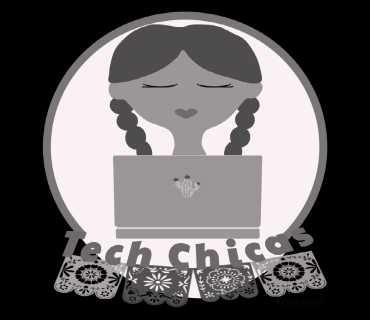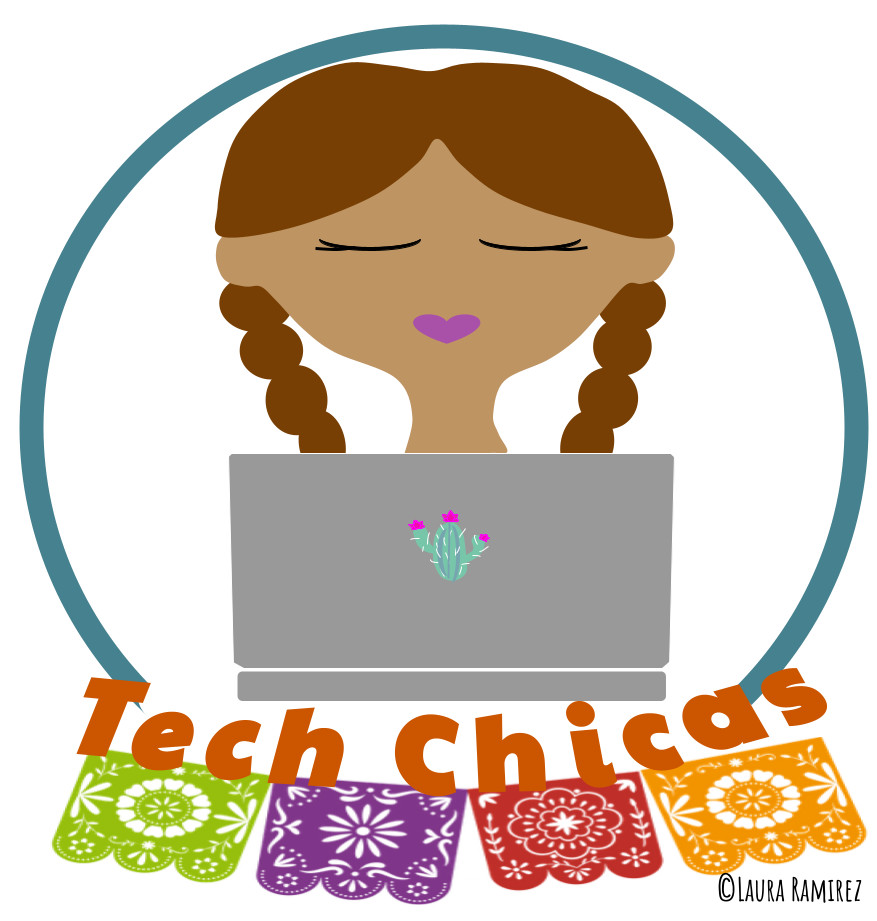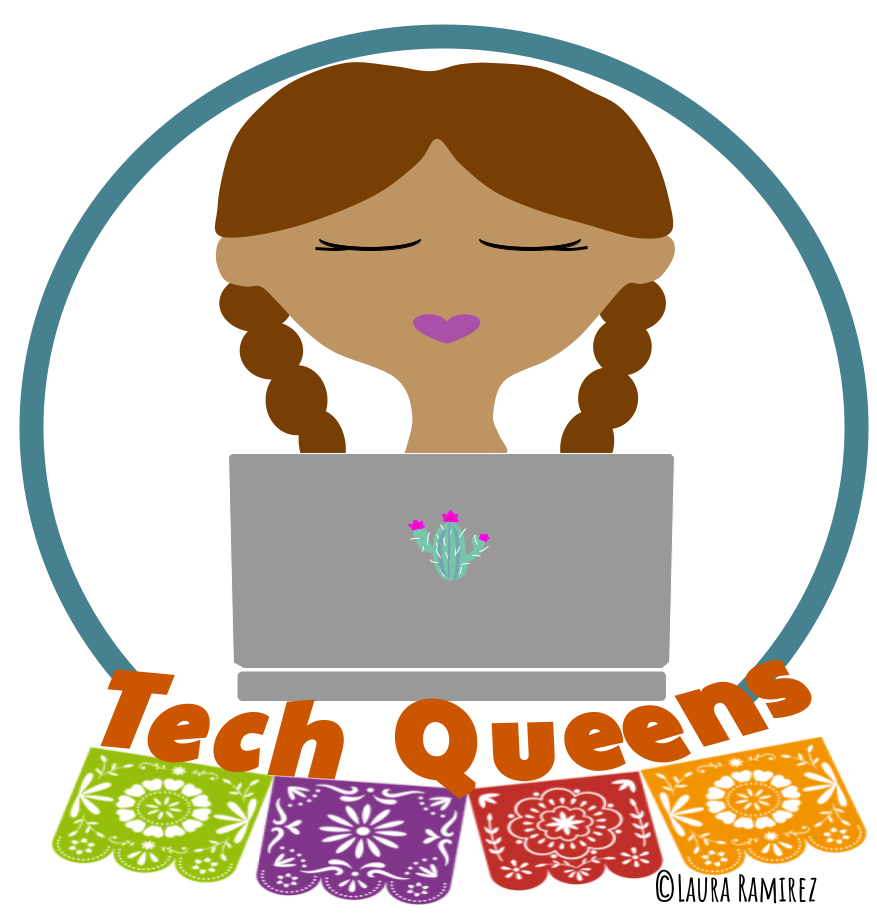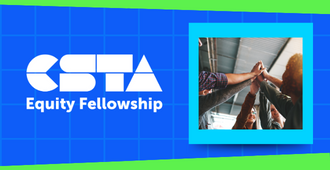
In honor of Women’s History Month, we celebrate the few who have broken the glass ceiling and recognize that we have far more to do if we want to ensure that we continue to increase the number of women with Computer Science (CS) degrees (currently only 15%).
Full Story
Happy Women’s History Month
Inequity in the tech sector is not groundbreaking news. Tech startups owned by women make up 5% of the IT sector and females comprise a meager 15% of all leadership roles. In honor of Women’s History Month, we celebrate the few who have broken the glass ceiling and recognize that we have far more to do if we want to ensure that we continue to increase the number of women with Computer Science (CS) degrees (currently only 15%). Let’s take time to acknowledge the progress made and use this month to highlight the gender inequity that continues to plague tech sectors.
As a CSTA Equity Fellow, I’ve been doing a lot of reflecting on these dire statistics and why after centuries, women in tech come up in low percentages – it’s even more dire for BIPOC women. In my school district, initiatives like CS for All, emphasize the need to expose students to CS as early as kindergarten in order to activate interest amongst young women and BIPOC youth to enroll in CS/ STEM post-secondary coursework. Elementary computer tech programs like Scratch Jr, are a great way to teach computational thinking and other computer science concepts to children in the primary grades.
As a female K-5 tech teacher of color, working in a majority Latinx community, I am constantly thinking of how our public school systems can utilize the limited resources available to support girls and gender nonbinary students through tech education. I realize the issue is more complex and not one solution will bring about equity, but perhaps applying simple shifts to center the needs of girls and gender-expansive youth in schools can increase access and representation. One way I have been accountable for the change I wish to see in the CS/STEM fields, is by becoming a co-conspirator who provides CS instruction, tech resources, and intentional equitable experiences to children. Here are some of the shifts I’ve been implementing in my tech classes as a public school tech teacher.
Shift 1: Create a safe space for students to fail, play and practice. The process of debugging for a computer scientist is excruciating. How can we support students to overcome the fear associated with failure? Perseverance is key to problem-solving. Many of my students are BIPOC and come from communities impacted by trauma, an issue that often affects a student’s ability to learn. To address this need, I incorporate breathing strategies and affirmations as tools students can lean into when they become frustrated with the debugging process. If we teach children tools to cope with their emotions, guide them through breathing and body scans, students build the stamina to self-manage and are able to remain engaged to address challenges in school and beyond. By pairing structured brain breaks with tech tools like Scratch Jr., I am able to leverage creativity to de-escalate frustrations. Students learn graphic design concepts to alter, modify, and add funny elements to sprite characters as a way to manage stress associated with debugging.
Shift 2: Provide girls (students of marginalized identities) the opportunity to preview lessons/ upcoming activities as a way to build confidence. Aside from creating small groups for intervention and translating content in Spanish, I use small groups for lesson previews that support the diverse learning needs of my female-identified English Language Learners (ELLs). I’ve noticed that these spaces create safety and a sense of belonging while deepening support for ELLs to acquire and retain information. It has also resulted in an increased sense of confidence that has empowered more girls in my K-2 classes to speak up and assume leadership roles in explaining and helping other students learn CS skills on Zoom.


Shift 3: Create CS gender affinity spaces. Prior to Covid-19, I created Tech Chicas/Chicxs, a group of fierce middle school girls to provide tech support for teachers experiencing tech issues, facilitate tech workshops for younger students, and embellish crafts with circuits, as an elective. The space has empowered girls with the skills to use power tools to build and take things apart, opportunities they mentioned were out of reach or that they were simply not allowed to do at home. Currently, on Zoom, I created Tech Queens, a virtual space for Kinder and 4th-grade girls to create, play and learn about women in tech and engineering. Due to my time constraints, I can only facilitate these two groups for the time being. #DoWhatYouCan
Shift 4: Expose students to professionals from the tech field. After all, you can’t dream it, if you can’t see it. Prior to Covid-19, I researched community organizations and created partnerships for tech field trips to Roblox, Playstation, Tesla, and LucasFilm. These trips provided students with critical experiential learning opportunities to engage with remarkable women in the tech field. Listening to panels of women isn’t always relevant for K-8 students, given their attention span. However, engaging young girls in short presentations that highlight their tech experiences, hands-on activities that mimic their work, and the creative design process resonated with students. Inviting women from the tech field to chat with young students is essential in promoting representation in CS fields.
However you’d like to celebrate Women’s History Month, dedicate some time to create spaces for girls to feel supported and promote the joy of CS learning. Practice mindful awareness strategies, and facilitate community-building activities as a way to increase resilience. Implementing the aforementioned practices in our day-to-day instruction will help us address inequity and support students to use technology to solve our world’s problems. Let’s help build a stronger pipeline for girls to succeed and dream.
Resources
More info on Co-conspirator https://pitt.libguides.com/antiracism/ally
Shift 1: Go Noodle has mindful awareness videos in Spanish https://family.gonoodle.com/channels/think-about-it
Shift 2: DevTech Research Group at Tufts University Scratch Jr.
Shift 3: Adafruit Industries https://www.adafruit.com/
Shift 4: IGNITE and https://www.igniteworldwide.org/
Technolochicas https://technolochicas.org/
Girls Who Code https://girlswhocode.com/
LTXFest for networking amongst Latinx folks in tech https://ltxfest.com/
About the Author
 Having received her master’s degree in urban education with a specialization in reading and after 14 years of teaching experience, Laura Ramirez realized she loved teaching technology skills and pursued many certifications and credentials in tech and computer science. Currently, she is National Board Certified and is the Tech Integration Specialist at a Spanish bilingual K-8 school in the Mission district of San Francisco. Having seen how hesitant her students (girls and BIPOC) struggled to coexist with technology and computer science concepts, she created a space where girls and gender-expansive students were comfortable taking risks to solve problems. The Tech Chicas/Chicxs group was born and an army of young girls resurrected to fix the school’s tech issues and learn growth mindset skills. When not teaching, Laura is a member of G.A.N.A (Grupo para el avance de niñas y aliadxs) and La Colectiva, a group of fierce teachers who plan, collaborate, and facilitate activities to girls and nonbinary students to dismantle the microcosms of patriarchy in schools. She is a member of the SF Film Inclusion Advisory Board to improve the Board of Directors’ cultural competency skills, diversity, and refine strategy for providing filmmakers programs, and educational outreach. Connect with her on Twitter: MsLauramirez
Having received her master’s degree in urban education with a specialization in reading and after 14 years of teaching experience, Laura Ramirez realized she loved teaching technology skills and pursued many certifications and credentials in tech and computer science. Currently, she is National Board Certified and is the Tech Integration Specialist at a Spanish bilingual K-8 school in the Mission district of San Francisco. Having seen how hesitant her students (girls and BIPOC) struggled to coexist with technology and computer science concepts, she created a space where girls and gender-expansive students were comfortable taking risks to solve problems. The Tech Chicas/Chicxs group was born and an army of young girls resurrected to fix the school’s tech issues and learn growth mindset skills. When not teaching, Laura is a member of G.A.N.A (Grupo para el avance de niñas y aliadxs) and La Colectiva, a group of fierce teachers who plan, collaborate, and facilitate activities to girls and nonbinary students to dismantle the microcosms of patriarchy in schools. She is a member of the SF Film Inclusion Advisory Board to improve the Board of Directors’ cultural competency skills, diversity, and refine strategy for providing filmmakers programs, and educational outreach. Connect with her on Twitter: MsLauramirez 


